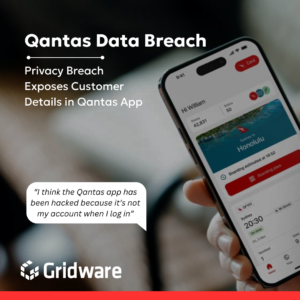In the digital world, a critical concern arises – user data privacy. Let’s decode the recent incidents around Meta and TikTok’s data sharing. Unraveling recent developments with Meta and TikTok, we spotlight a critical dimension of this issue.
Meta’s Data Sharing
Meta, previously known as Facebook, shared user data with Australian authorities 3654 times last year. This cooperation involved 5109 user accounts, complying with 3563 out of 4293 requests. Legal and emergency scenarios drove the data sharing, showing a delicate interplay between user safety, legal responsibilities, and privacy rights.
TikTok’s Data Sharing
TikTok, on the other hand, revealed user data 744 times in the same period, focusing on 229 user accounts. Again, the mixture of legal and emergency requests creates a complex balancing act. It begs the question: who’s asking?
Data Requests: Who and Why?
The data requesters include the Australian Federal Police (AFP), eSafety Commissioner, and courts. But the requests aren’t specific to the crime under investigation, nor does a central register record them. Interestingly, 30 technical assistance requests were made in the 2021-2022 period by different agencies, emphasising the increased need for cooperation in maintaining law and order.
Shared Data: What’s Included?
A significant aspect of these exchanges is the type of data released. In cases involving Meta, the content of messages often ends up in law enforcement hands. On the other hand, TikTok does not use end-to-end encryption, revealing potential vulnerabilities. When assisting law enforcement, Meta provides basic subscriber information and stored content such as messages, photos, videos, timeline posts, and location data.




